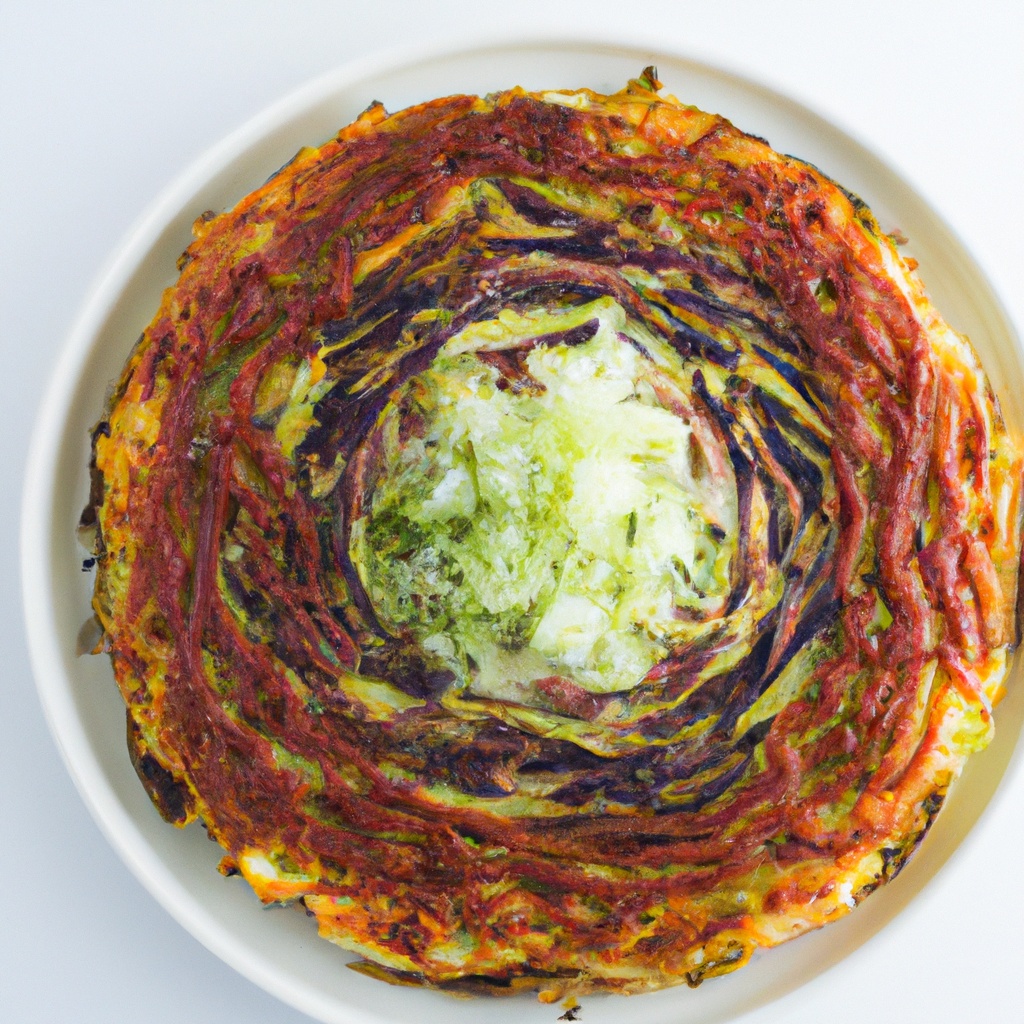PROS
Okonomiyaki is a good source of dietary fiber and protein, and it’s also low in fat and calories.
The recipe is very versatile, allowing you to add or substitute ingredients as you wish.
The texture is crispy on the outside and soft on the inside.
CONS
The original recipe uses wheat flour, which makes it unsuitable for those with gluten intolerance or celiac disease.
The dish can be difficult to flip over and may fall apart during cooking.
It can also be quite messy to prepare.
HEALTH & BENEFITS
Okonomiyaki is a healthy and filling dish that is rich in dietary fiber and protein.
The cabbage used in the recipe is high in vitamin C, vitamin K, and folate, which promotes blood clot formation.
The Japanese mayonnaise used in the dish is less sweet and has less fat than traditional mayonnaise.



/rating_off.png)
Leave a Reply